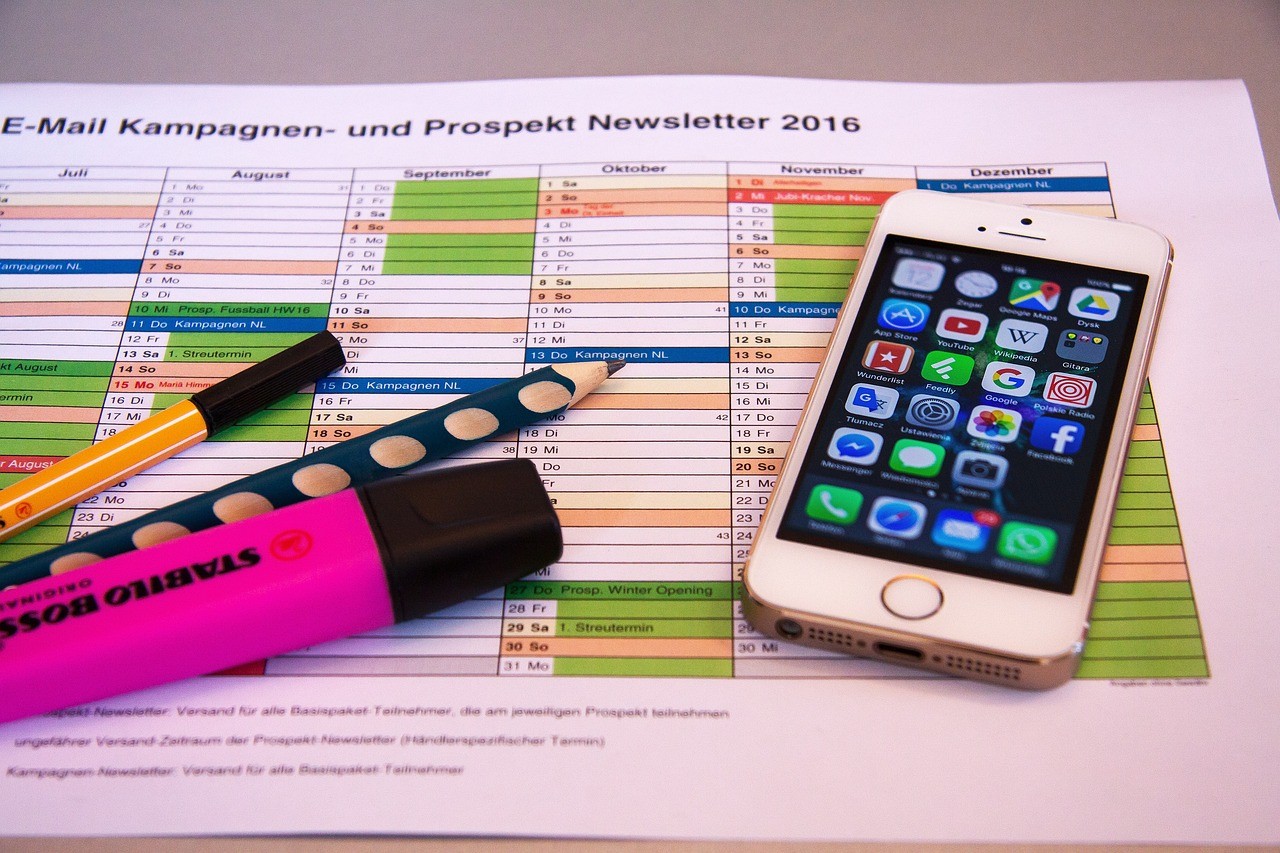Are you tired of the endless back-and-forth emails and phone calls to schedule appointments and meetings? With the Calendly Scheduling Tool, you can streamline your scheduling process and regain time control.
This guide explores how to seamlessly integrate Calendly into your workflow, ensuring a smoother and more efficient scheduling process.
Discover the power of Calendly as we unlock its features and share expert tips to help you make the most of this invaluable tool. Let’s dive in and revolutionize your scheduling experience!

Setting Up Your Calendly Account
Setting up your Calendly account is the first step towards effortless scheduling and time management. Here’s a step-by-step guide to get you started:
Sign-up Process:
- Create your Calendly account by visiting the website.
- Use your email or preferred authentication method to sign up.
- Follow the on-screen prompts to complete the registration.
Profile Customization:
- Personalize your Calendly profile with your name and photo.
- Add a short bio or description to introduce yourself to your clients or colleagues.
- Include your contact information for accessible communication.
Time Zone Settings:
- Ensure your Calendly account is set to the correct time zone.
- This step is crucial for accurate scheduling and avoiding time zone confusion.
- Adjust your time zone settings to match your location or clients’ locations.
By following these steps, you’ll have your Calendly account up and running, ready to simplify your scheduling process.
Calendly Basics
The Calendly dashboard is your hub for efficient scheduling and appointment management. It offers a quick view of upcoming events, ensuring you stay organized and in control of your time. Here’s a snapshot of its features:
- Event Overview: Quickly view scheduled events, including date, time, and participants.
- Event Creation: Easily set up new event types with custom details, durations, and availability.
- Notifications: Get real-time updates on bookings and scheduling changes.
- Integration: Seamlessly connect with calendar apps and communication tools.
- Analytics: Access insights into your scheduling habits and performance.
- Customization: Personalize event types, availability, and branding.
- Settings: Manage account details, notifications, and time zone settings.
Integration with Calendar Apps
Integrating Calendly with your preferred calendar apps can significantly enhance your scheduling experience, ensuring that all your appointments are seamlessly synchronized.
Here’s a breakdown of how to integrate Calendly with popular calendar applications:
Google Calendar:
- Connect your Calendly account to Google Calendar to automatically update and sync your events.
- Ensure appointments booked through Calendly appear on your Google Calendar, reducing double-booking risk.
Outlook:
- Sync your Calendly schedule with Outlook to maintain a unified view of your appointments.
- Benefit from two-way integration, allowing Calendly and Outlook to reflect the same scheduling data.
Apple Calendar:
- Integrate Calendly with your Apple Calendar to keep all your events in one place.
- Ensure that your Calendly bookings seamlessly merge with your Apple Calendar for efficient scheduling management.
Other Calendar Apps:
- Explore Calendly’s compatibility with various other calendar apps, such as Yahoo Calendar or iCal, and select the one that suits your needs.
Embedding Calendly on Your Website
Embedding Calendly on your website is a practical way to simplify appointment scheduling for your clients or visitors. Here’s a step-by-step guide on how to seamlessly integrate Calendly into your website:
Generating Embed Codes:
- Access your Calendly account to generate embed codes for your event types.
- Customize the appearance, including colors and button styles, to match your website’s design.
Adding Calendly to Your Website:
- Insert the generated embed codes into your website’s HTML or content management system.
- Choose the web page or section where you want to display Calendly for easy access by your audience.
Customizing the Appearance:
- Ensure Calendly blends seamlessly with your website’s aesthetics by adjusting the size and design settings.
- Optimize the user experience by placing Calendly in a prominent and easily accessible location.
By following these steps, you’ll offer your website visitors a user-friendly and efficient scheduling experience, enhancing engagement and productivity.
Integrating with Communication Tools
Integrating Calendly with communication tools can streamline the appointment booking process and improve collaboration within your team. Here’s how you can seamlessly incorporate Calendly with popular communication platforms:
Connecting with Zoom:
- Integrate Calendly with Zoom to automatically schedule and generate meeting links for your appointments.
- Ensure your virtual meetings are organized and accessible to participants through Calendly’s Zoom integration.
Linking to Microsoft Teams:
- Sync your Calendly events with Microsoft Teams to coordinate meetings and collaboration seamlessly.
- Leverage the power of Microsoft Teams’ communication capabilities while managing your appointments with Calendly.
Integrating with Slack:
- Connect Calendly to Slack to receive notifications and updates about your scheduled appointments directly within your Slack channels.
- Enhance communication and teamwork by informing everyone about upcoming events through Calendly’s Slack integration.
Integrating Calendly with these tools streamlines scheduling and boosts collaboration in your organization or with clients and partners.
Automating Workflows with Zapier
Zapier is an automation tool that links apps to automate tasks. It creates “Zaps” triggered by events in one app to activate actions in another, saving time and improving productivity by integrating data across platforms for various purposes.
Setting up Zaps for Calendly
Setting up Zaps for Calendly allows you to automate tasks and enhance your scheduling efficiency. Here’s a step-by-step guide on how to create Zaps for Calendly:
Select Trigger and Action Apps:
- Choose Calendly as the trigger app and specify the event initiating the Zap.
- Select the action app and define the task to automate when the trigger event occurs.
Configure Trigger and Action:
- Customize the trigger event settings, such as event type or time.
- Set up the corresponding action parameters to ensure the desired task is executed seamlessly.
Test and Activate:
- Test the Zap to ensure it works as expected and troubleshoot any issues.
- Once satisfied, activate the Zap to automate the task when the trigger event occurs in Calendly.
By setting up Zaps for Calendly, you can optimize your scheduling processes and automate various actions, saving time and improving overall productivity.
Streamlining Your Scheduling Process
Streamlining your scheduling process is essential for efficient time management. Here’s how you can achieve this with Calendly:
Round-Robin Scheduling:
- Distribute appointments evenly among team members with round-robin scheduling.
- Ensure fair allocation of meetings and prevent overbooking.
Team Availability Settings:
- Set team availability hours and define buffer times between meetings.
- Coordinate schedules seamlessly, avoiding conflicts and enhancing productivity.
Collecting Payments through Calendly:
- Enable payment collection for appointments, consultations, or services.
- Simplify transactions and revenue tracking directly within Calendly.
Implementing these strategies will optimize your scheduling workflow, making it more efficient and convenient for you and your clients or team members.

7 Tips for Using Calendly Effectively
Maximizing your Calendly experience involves utilizing its features effectively. Here are some tips to help you get the most out of this scheduling tool:
- Optimize Availability: Keep your availability up-to-date to reflect your current schedule accurately.
- Use Buffer Times: Add buffer times between appointments to prevent back-to-back meetings and reduce stress.
- Customize Event Types: Tailor event types to different appointment purposes and durations.
- Sync Calendars: Ensure your Calendly is synchronized with your preferred calendar app for real-time updates.
- Set Meeting Limits: Implement meeting limits to control the number of appointments booked per day or week.
- Promote Your Link: Share your Calendly link in your email signature, website, or social media profiles to simplify scheduling for others.
- Review Analytics: Regularly review Calendly’s analytics to gain insights into your scheduling patterns and optimize your availability.
Conclusion
In conclusion, Calendly’s seamless integration capabilities offer a powerful solution to streamline your scheduling and time management.
By following this quick start guide and harnessing the full potential of Calendly, you’ll save valuable time and enhance your overall productivity.
Take control of your schedule and discover the convenience of effortless integration with Calendly.













